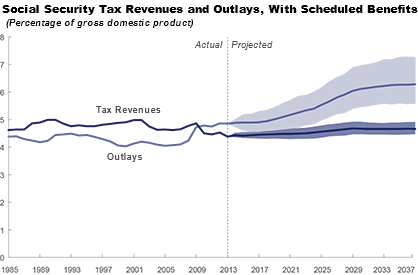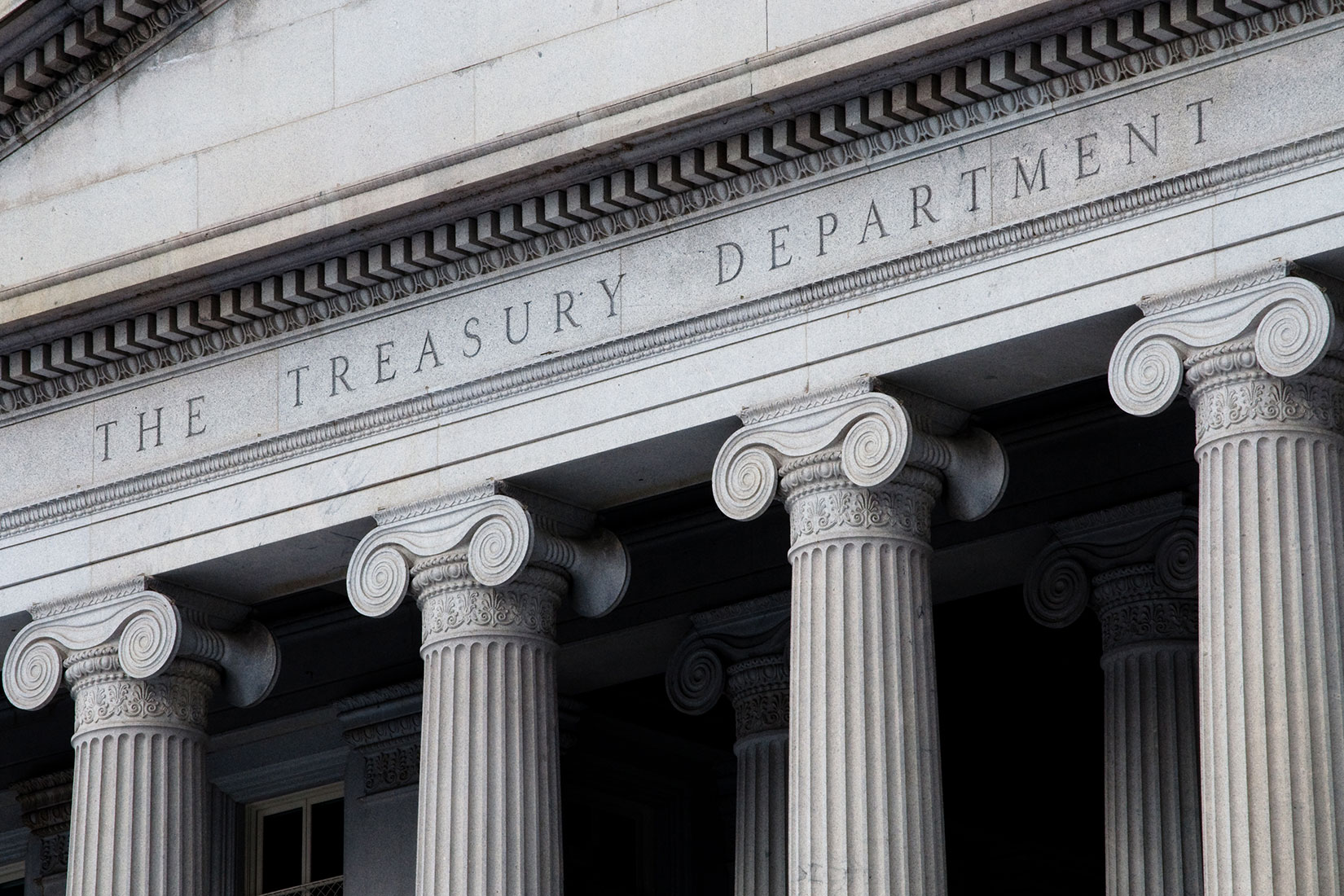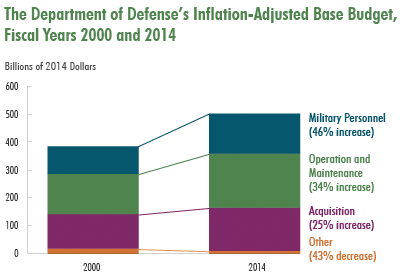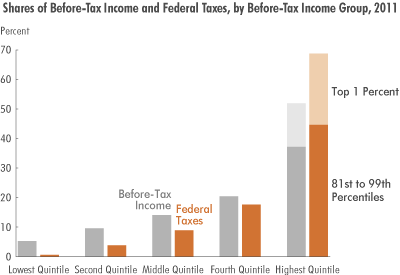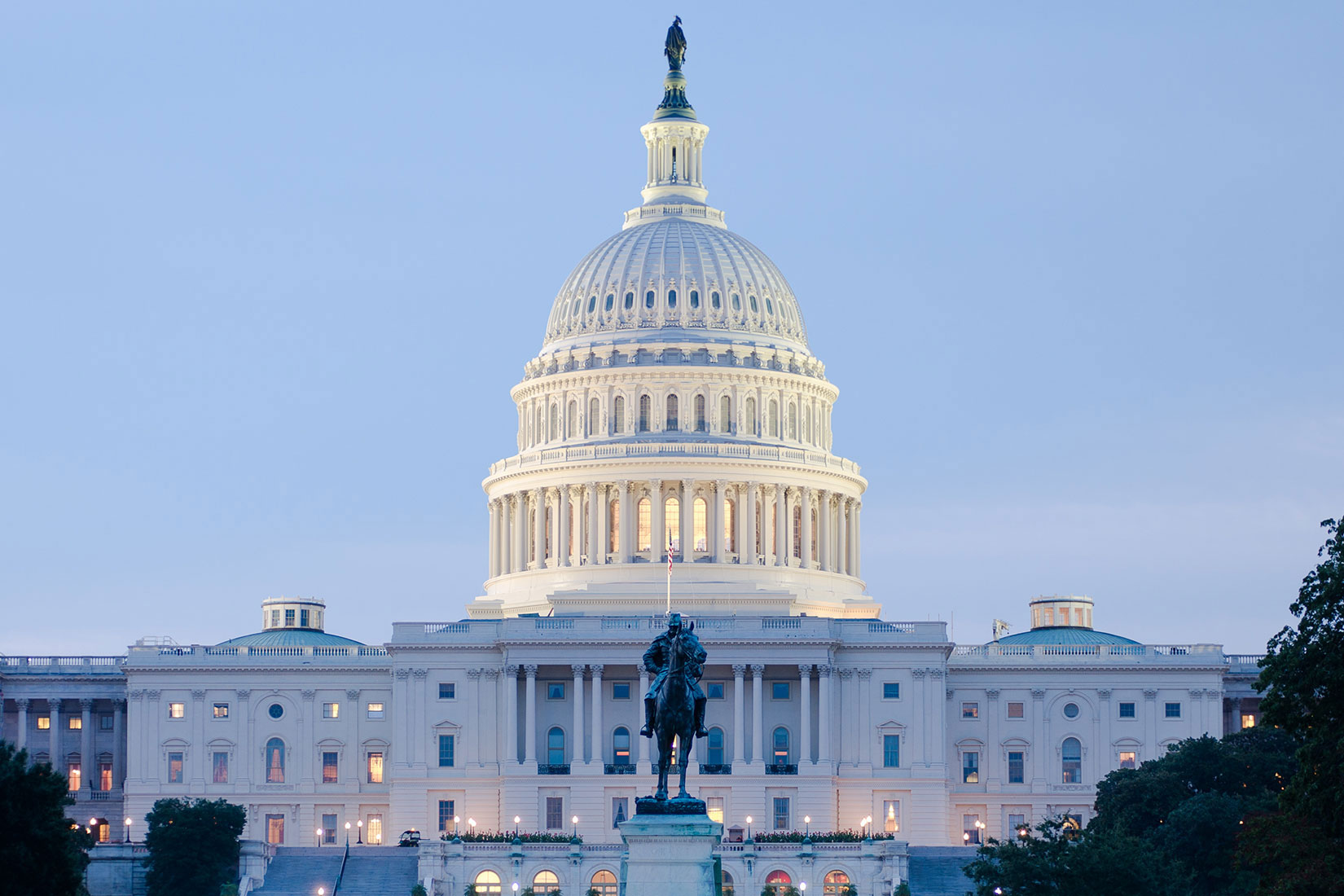At a conference organized by the Brookings Institution, Director Doug Elmendorf discussed the ways in which CBO quantifies uncertainty and why most of the agency’s estimates are presented as point values.
CBO Blog
Recent legislation calls for the Veterans Health Administration to expand the availability of health care to veterans. Research suggests that VHA-provided care has been cheaper than private-sector care, but future costs are uncertain.
CBO estimates that the development of shale resources will increase GDP by about two-thirds of 1 percent in 2020 and about 1 percent in 2040; the increases in GDP will lead to slightly larger percentage increases in federal revenues.
The federal government’s budget deficit was $181 billion for the first two months of fiscal year 2015, $45 billion less than the shortfall recorded in October and November of last year, CBO estimates.
CBO periodically issues a compendium of options—this installment presents 79—to inform lawmakers about the budgetary effects of ways to reduce the deficit. The report has both interactive and printable formats.
The Department of Defense's base budget increased by 31 percent (adjusted for inflation) between 2000 and 2014, mainly because of higher costs for military personnel and operation and maintenance.
The federal government influences innovation through two broad channels: spending and tax policies, and the legal and regulatory systems. Policymakers have a number of options for spurring additional innovation.
In 2011, households in the top, middle, and bottom quintiles received 52, 14, and 5 percent of the nation's before-tax income, respectively; the shares of federal taxes paid by those households were 69, 9, and 1 percent.
In fiscal year 2014, which ended on September 30, the federal budget deficit totaled $483 billion—$197 billion less than the shortfall in 2013.
In certain reports and for some major pieces of legislation, CBO analyzes the short- and longer-term effects on the overall economy of changes in federal tax and spending policies. This report explains the methods that CBO uses.


